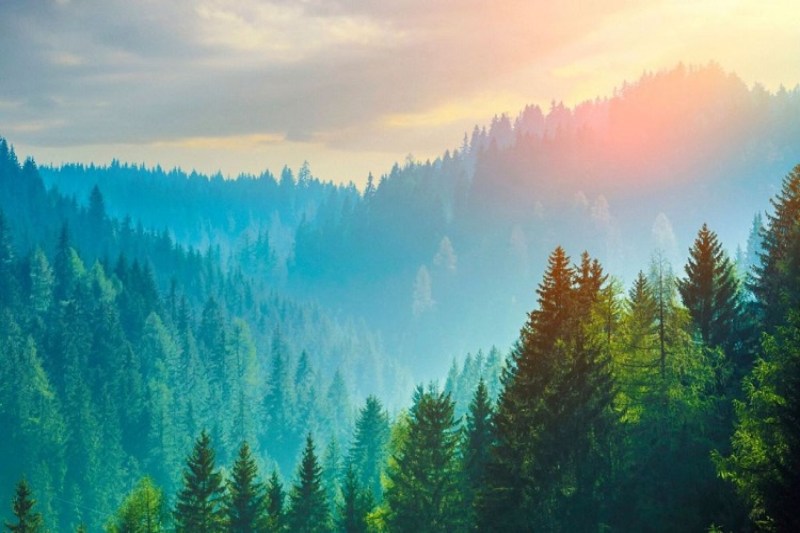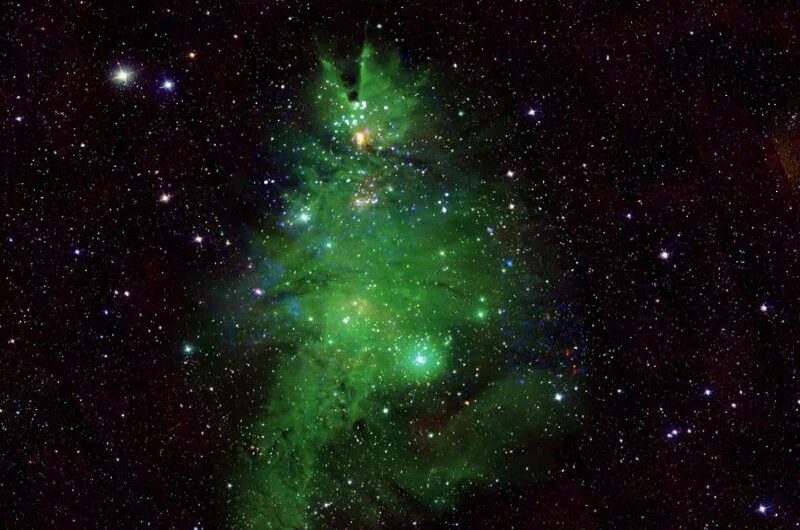Based on a recent review of data from the U.S. Forest Service, different parts of the country are seeing distinct effects of climate change on their forests. Researchers warn that forests throughout the American West are suffering the most as a result of disease outbreaks, wildfires, increasing droughts, and rising temperatures that are having a negative impact on trees.
The work was published in the Proceedings of the National Academy of Sciences and was headed by UF Biology researchers J. Aaron Hogan and Jeremy W. Lichstein. A significant regional imbalance in forest productivity, which measures tree growth and biomass accumulation and is a crucial indicator of the health of forests, is revealed by the study.
During the last twenty years, productivity in the Western United States has decreased significantly due to the more severe effects of climate change, whereas growth in the Eastern United States has increased modestly due to milder effects.
Because they are carbon sinks that absorb around 25% of yearly human carbon emissions, forests are essential to controlling the planet’s climate. However, the delicate balance between the beneficial and detrimental consequences of climate change determines their capacity to store carbon.
The study analyzes 113,806 measurements in non-plantation forests and forecasts changes from 1999 to 2020 using data from the national forest inventory.
“We are witnessing changes in forest functioning as forest ecosystems respond to global change drivers, such as carbon-dioxide-fertilization and climate change,” said Hogan. “It is the future balance of these drivers which will determine the functioning of forests in the coming years to decades.”
Certain factors, like forest diseases and droughts, have a detrimental impact on output, but other factors, like fertilization with carbon dioxide, are expected to have a beneficial impact. The researchers were motivated to investigate the effects of elevated carbon dioxide levels further since this phenomena implies that higher levels of the gas promote photosynthesis, which in turn boosts plant development.
“The U.S. Forest Service has been monitoring the growth and survival of over a million trees across the U.S. for multiple decades,” stated Lichstein. “We were interested to see if their data provided evidence for increased rates of tree growth, as predicted by the carbon-dioxide fertilization hypothesis.”
While the growth of trees in the Eastern United States is in line with forecasts, the harsh climate effects in the Western region outweigh any positive growth trends, casting doubt on the widely held belief that forests will continue to store more carbon.
“Our study suggests that future projections of climate and sea-level rise may be too optimistic because, in reality, ecosystems are likely to store less carbon in the future,” stated Lichstein. “Less ecosystem carbon storage means more carbon in the atmosphere and therefore more warming and accelerating climate change.”
The results also show that climate change is a dynamic agent with regionally unique affects rather than a uniform force. The study shows how forests can be pushed past a tipping point by the extent of climate change. Certain forests are already getting close to or above climate thresholds, which causes them to change from being sinks of carbon dioxide from the atmosphere to sources of the gas.
“Ecosystem carbon sequestration is not guaranteed to be permanent, and it can be reversed by climate change,” stated Lichstein. “This reversal is already happening in the Western U.S., and there are signs that it may also be happening in other drought-impacted regions of the world, such as the Amazon.”
It could be easy to blame the losses on unusual circumstances. However, the researchers do not believe that higher rates of tree death are to blame for the fall in output in the Western United States.
“We hear a lot about wildfires in the Western U.S., which kill a lot of trees and release carbon to the atmosphere,” stated Lichstein. “But our study shows that additional ecosystem carbon loss in Western forests is occurring due to declining tree growth rates.”
The study suggests that, even in the absence of increasingly intense wildfires, the carbon sink in Western forests will continue to deteriorate in the absence of immediate action to cut greenhouse gas emissions caused by human activity. Tree growth is slowing down as a result of negative effects of climate change, such as decreased precipitation.
“We must have healthy forests in connection with emissions reduction to restore the global carbon balance and limit climate change,” said Hogan.
Concerns regarding the resilience and sustainability of American forests in the future are raised by the changes seen in them. The goal of the study is to show how urgently governments and business must collaborate in order to cut greenhouse gas emissions and quickly reach net-zero emissions.
“Our results highlight the need for reduced global greenhouse gas emissions,” said Lichstein. “Without the emissions reductions that scientists have been urging for decades, forest carbon sinks will likely weaken, which will accelerate the pace of climate change.”
Topics #carbon #climate change #U.S. Forest










